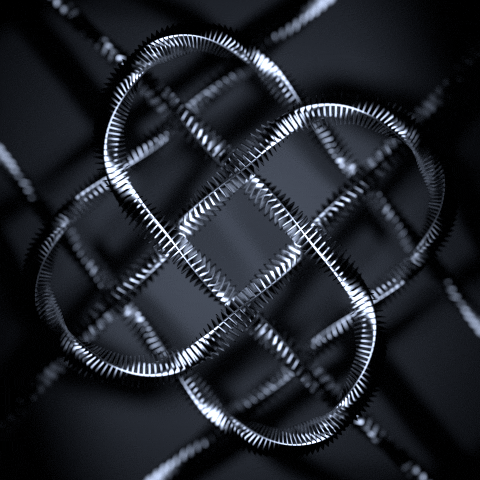AMD Zen CPUs will have PGA mounting systems
-
Featured Topics
-
Topics
-
peacenattress ·
Posted in Graphics Cards0 -
Oxphos ·
Posted in Troubleshooting3 -
em_lab ·
Posted in Power Supplies3 -
0
-
Johno Duderino ·
Posted in Networking3 -
4
-
1
-
2
-
Dan1718 ·
Posted in Troubleshooting1 -
2
-



















Create an account or sign in to comment
You need to be a member in order to leave a comment
Create an account
Sign up for a new account in our community. It's easy!
Register a new accountSign in
Already have an account? Sign in here.
Sign In Now